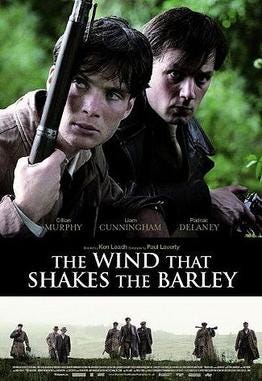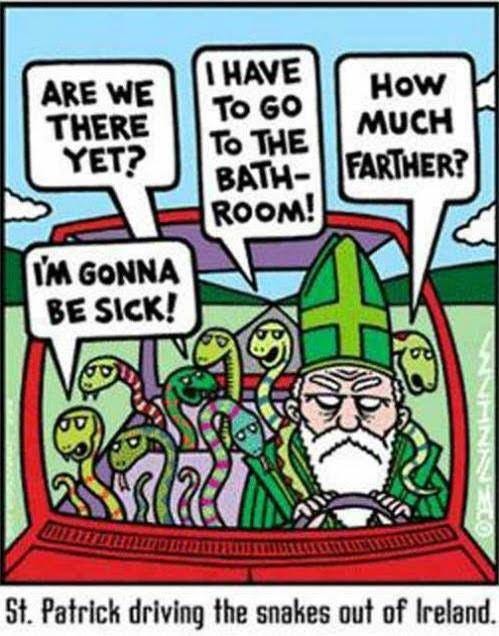James Connolly and the Revolutionary History of the Irish Republic
"I will say a prayer for all men who do their duty according to their lights."
It’s a fact that there are many times more people in the USA who identify as being Irish, or having Irish roots, than actually live in Ireland (both the Republic and British Ireland). Despite my married name, I am not one of them. However, we just found out that neither is my ex-husband. The Sheehan grandpa that he grew up thinking was his real grandpa was not. My ex, Patrick’s grandma had an affair while his fake grandpa was in the military (confirmed by DNA testing). Finding out when he was 70, my ex happens to be genetically Spanish on his father’s side. It was quite a shock to our children. So, “Sheehan” is almost like an adopted name for him, since his father was raised as a Sheehan. LOL Imagine that. To get around how dark complexioned my ex-father in law was and how dark complexioned my ex-husband is, they always said that they were “black Irish.”
The term “black Irish” refers to persons of Irish descent who are supposed to be descendants of the Spanish Armada, which sailed around the middle of the 15th century, and had dark hair and or eyes. The term is used among people of Irish descent and sometimes confuses people since it doesn't refer to dark skin color.
Without getting into the myth of St. Patrick and the destruction of pagan culture, etc, I thought I’d write about one of my favorite Irish revolutionaries, James Connolly.
I think it’s unfortunate that it seems the Irish government (except for people like Clare Daly and Mick Wallace) are sadly veering towards the WHO and WEF…sigh…
A GOOD ST. PATRICK’S DAY ACTIVITY—CLICK THE ABOVE IMAGE TO WATCH THIS FABULOUS FILM FOR FREE!
James Connolly and the Revolutionary History of the Irish Republic
James Connolly's role in the revolutionary history of Ireland is both iconic and inspirational. A man of profound convictions and unwavering commitment to the cause of Irish independence, his name is synonymous with the struggle for freedom from British rule.His role in the Easter Rising of 1916—a watershed event in the quest for Irish sovereignty—was pivotal.
Born in Edinburgh to Irish immigrant parents, James Connolly was acutely aware of the struggles of the working-class and the political turmoil that dominated Britain’s toxic relationship with Ireland. He became an organizer and union activist, dedicating his life to the socialist cause and workers' rights—values that would later intersect with his fight for Irish independence.
Connolly was not only a labor leader but also a prolific writer and thinker. His political writings fostered a deeper understanding of the connection between nationalism and socialism and how the fight for independence went hand in hand with the struggle for the rights of the working class.
COLLECTION OF THE WRITINGS OF JAMES CONNOLLY
Opposition to British dominion over Ireland was a constant, and, motivating thread in Connolly's life. He aimed to ignite the flame of revolution and break the shackles of colonialism through the empowerment of the proletariat. Realizing the necessity of armed resistance, he co-founded the Irish Citizen Army (Arm Cathartha na hÉireann), ICA, an armed group initially formed to defend striking workers from the police.
The events leading up to the Easter Rising saw a culmination of factors that set the stage for revolt. In a country simmering with unrest under British colonial rule, and eager for change, leaders like Connolly were instrumental in organizing what would become a seminal episode in Irish revolutionary history.
The Easter Rising was an audacious act of rebellion that sought to end British rule and establish an Irish Republic. Though the rebellion did not immediately secure Irish independence, it sowed the seeds for the future liberation of the nation.
Under Connolly's command, the ICA took a central role, occupying the General Post Office in Dublin and other strategic locations. For nearly a week, they held out against British forces in a fierce and courageous engagement. Ultimately, the Rising was quelled, and its leaders arrested.
After the defeat, the wounded Connolly was court-martialed and sentenced to death. His execution by firing squad, while tied to a chair due to his injuries, was a stark and poignant symbol of British oppression and would fuel the fire of revolution in the years to come.
The execution of Connolly and his comrades marked a turning point in Irish history. Public sentiment turned against British rule, and in the following years, the fight for an independent Ireland gained momentum—leading to the War of Independence and the eventual signing of the Anglo-Irish Treaty.
Fought between 1919 and 1921, this was a guerrilla and sectarian conflict involving Irish republicans, Ulster loyalists and British government forces. It brought about the creation of Northern Ireland, which remained part of the United Kingdom, and the Irish Free State, which would later become the Republic of Ireland.
James Connolly's sacrifice made him a martyr for the cause of Irish liberation. In honor of his memory and actions, annual commemorations are held, monuments have been erected, and his name is etched into the annals of Irish history.
Monument to Connolly in Belfast, British Ireland
Political activists and citizens alike draw inspiration from Connolly's life—a life dedicated to the intertwined fight for national sovereignty and social justice. The story of James Connolly reminds us that the path to freedom is often lined with great sacrifice and that the desire for self-determination is a powerful force capable of changing the course of history.
Here in the US, we are so far away from our revolutionary roots, we have become complacent and revolution-adverse. Many of us even hate the word and condemn modern era revolutionaries while resonating with the Garbage People b.s. of “peaceful protest,” and how the only way we can make change is through the ballot box: I’m laughing out loud.
Tell that to Samuel Adams, or James Connolly, whose last words before he was executed, were reportedly: "I will say a prayer for all men who do their duty according to their lights."
One of my favorite St. Patrick’s Day memes:
It’s never too late to become a paid subscriber to support our work, or for a one time donation:
We have different tiers of support: $5/month; $50/year, or $100 as a founding member.
Checks/money/orders/cash/etc can be SNAIL-mailed to:
Cindy Sheehan’s Soapbox, LLC
PO BOX 6264, VACAVILLE, CA 95696
PayPal: cindysheehanssoapbox@gmail.com










If you're ever in Dublin, definitely do the prison tour. Book in advance or check the morning of as there's cancellations.
It was chock full of revolutionary history, so many factions ending up uniting here and there to fight the machine.
Near the end of the tour you get to see where they dragged Connolly who was in bad shape and had to tie him to the chair to shoot him.
It made me think of how weak the predator class has always been. They're such cowards that they can't let a guy die by his own accord.
Because what? Because "THE LAW©️™️".
I was active in Irish northern aid for a couple years in the mid nineties and then the Roisin McKaliskey thing happened and I got very involved in that. I actually felt like I was being useful for maybe the first time in my life. We had a big event where her mother Bernadette Devlin came over from Tyrone Eire and on the day of that event I met her, Angela Davis and Fionulla Flanagan. As the rally was happening it was announced that thanks be to God Roisin had been released. Not exonerated but released. At one point at the beginning of her speech Bernie asked that everyone involved in the committee stand up and be counted. It was probably the proudest moment of my life. I was unable to hold back the tears. The things that the Brits did to her are atrocious and abominable. She was four months pregnant when they swooped her up and they knew full well from the very beginning that she was innocent.